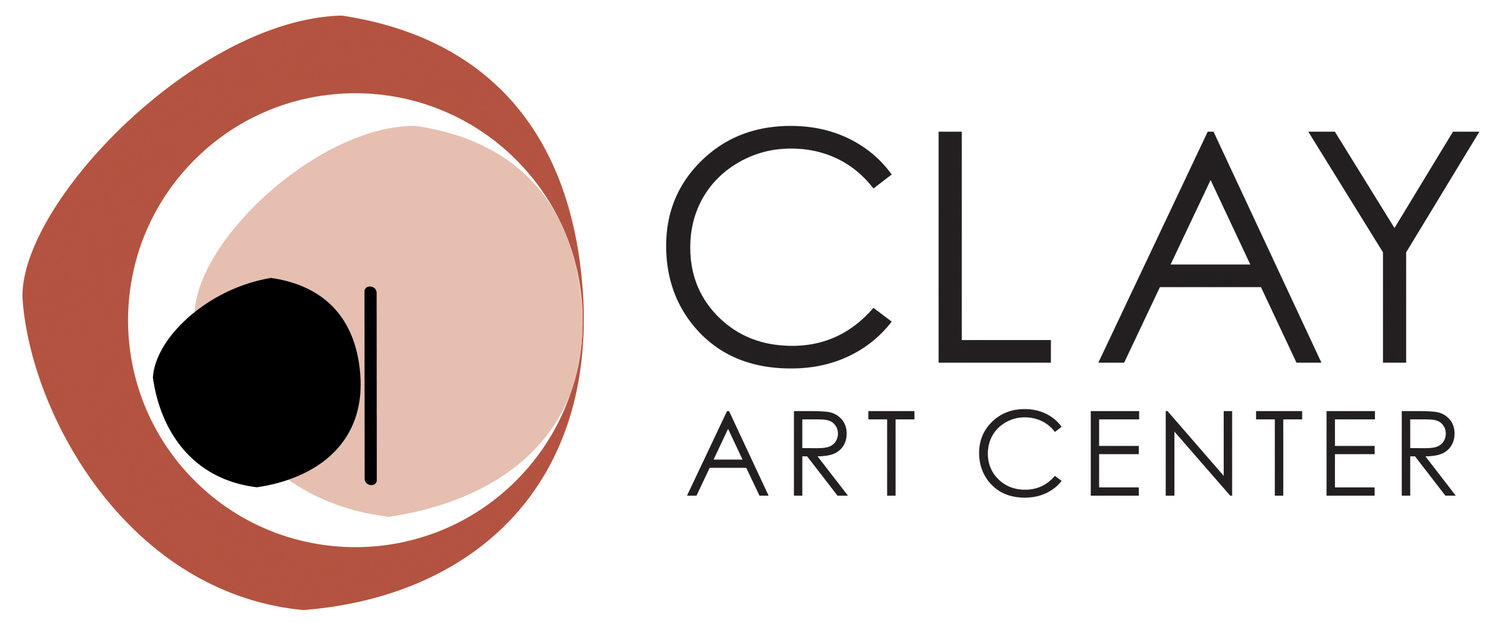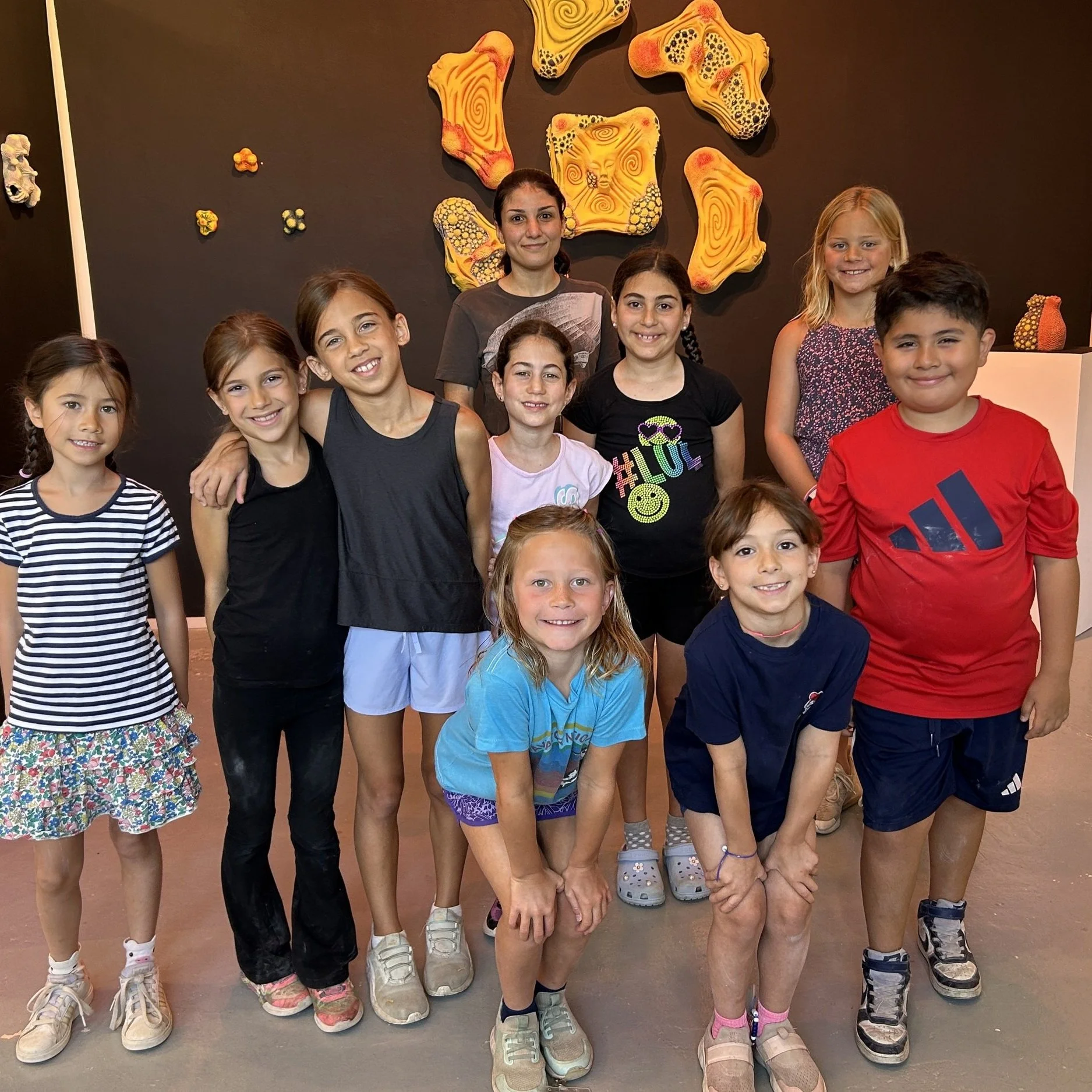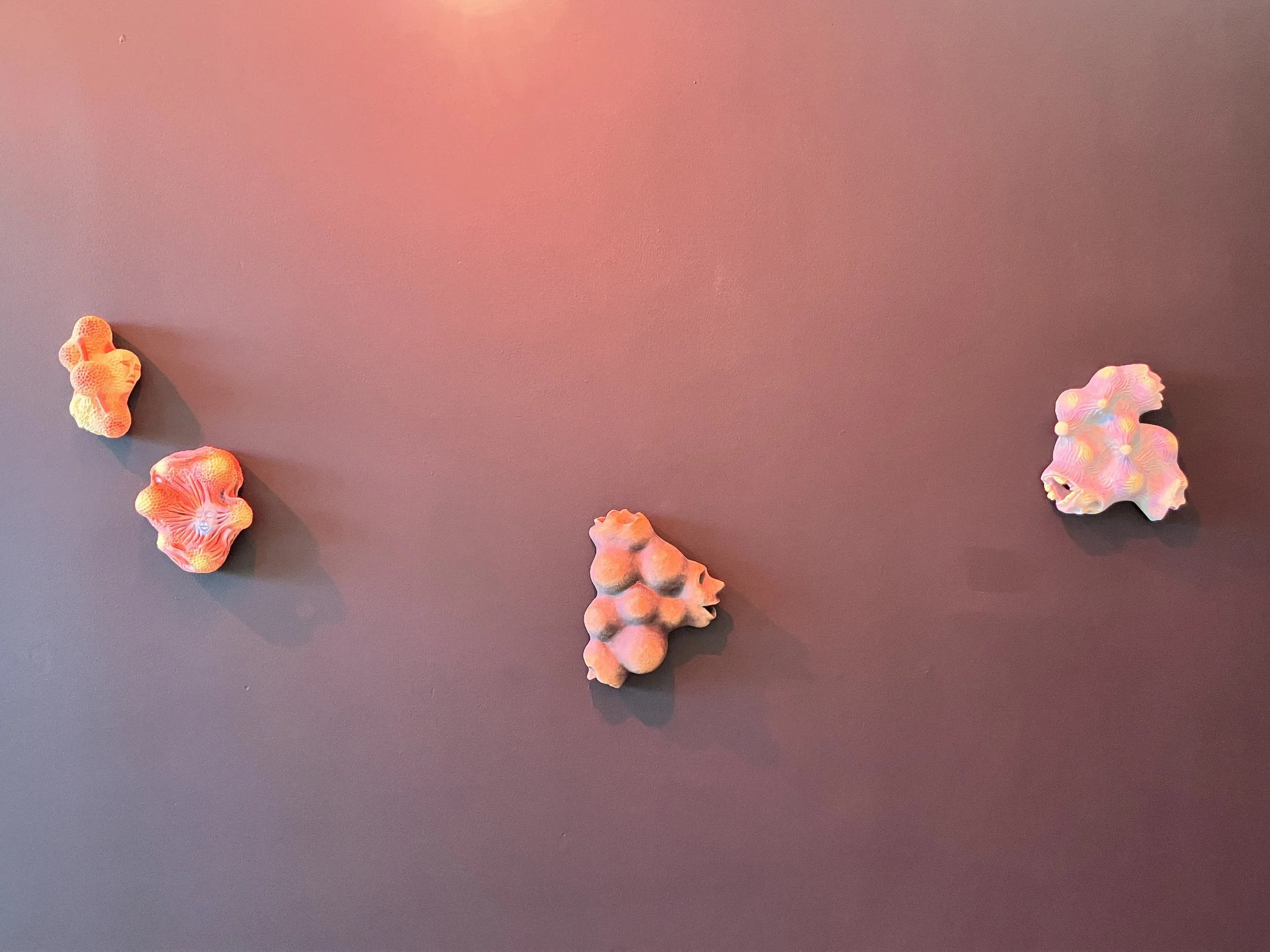Meet Artist-in-Residence Stephanie Perez
Second-year Westchester Community Foundation Fellow Stephanie Perez sat down with us to discuss artistic influences, the psychology of disgust, and her current exhibition, Remnants of Cognition.
Having first taken clay classes at Clay Art Center as a young student in our Around The World in Clay program, Stephanie returned after graduation with a BS in Psychology and Sociology from Fordham University to work in our summer camp, and later in our Community Arts programs. She went on to become the Westchester Community Foundation Fellow in 2023, a program that is supported by the Westchester Community Foundation (a division of the New York Community Trust). Her current exhibition, Remnants of Cognition, is the culmination of her second year as the Westchester Community Foundation Fellow. Stephanie’s ethereal sculptural work draws from her academic background, and invites the viewer to consider the interplay between familiarity, disgust, and humanity.
Stephanie shared that one of the most significant sources of inspiration for her current body of work is a class that she took in college called Disgust in Psychology in Literature. This course looked at disgust from both a psychological and a sociological perspective. Stephanie noted that classes that combined both areas of study are actually uncommon, even though, as she states, “The social structures that we live in influence our individuality, and vice versa, so why not acknowledge that the two go hand in hand?” The class ignited Stephanie’s deep consideration of the tension between the familiar and the unsettling, and the profound impact that feelings of disgust have on human interaction and culture. "With disgust, it originally comes out of an instinct for survival and avoiding danger,” Stephanie pointed out, “It is also deeply connected to society. We learn what is disgusting, in a moral sense, based on what governs our societal norms. Of course, these elicitors vary based on your own culture or society that you live in, but they are connected to prejudices nonetheless. You look this way, and I see that as less than, so I think of you as less than human. It's sickening, but it's how we are. Same with disease: we treat those who are ill as though they are other." In her work, Stephanie uses unexpected contrasting colors and highly textured surfaces to evoke both disease and transformation. Many of her pieces feature humanoid faces, often stretching out from the confines of otherwise abstract forms. It is these combinations that prompt visceral reactions, even double takes.
The otherworldly and often unnerving nature of Stephanie’s work is reflective of her artistic influences, as well as the academic. She shares that, "I like to look online or in books at other artists - painters, drawings, ceramicists - especially artists working in the sci-fi realm. I think it's interesting to look at concept art from artists that create sci-fi or horror movies and tv shows – like ‘Alien’ or ‘The Last of Us’ - and then see how these creatures actually ended up looking within their respective films.” Stephanie also finds inspiration in the work of 20th century Dutch artist Johfra Bosschart, who created surrealist paintings inspired by religion, psychology, astrology, and the the realities of living through World War II. She states that, “I'm drawn to the honesty of his work. I love the organic forms in his paintings. With the naturalness of his images, when you look at them, you're not sure if they're real. They're almost dream-like. I like to look at art that makes you question reality.” This melding of the realistic and the dream-like can also be found in Stephanie’s work.
Stephanie achieves her haunting sculptures by staying open to change and allowing her work to evolve organically. "I usually just start making something, without planning ahead,” Stephanie said, “I either start with creating forms then add faces and textures or just start making faces and see where that takes me.” However, Stephanie also shared that the centerpiece of her Artist-in-Residence show, a sculptural grouping of seven segments titled Cognitive Remnants, forced her to stretch her planning muscles in order to ensure that the larger forms fit together correctly. As her work evolved and she added new techniques to her repertoire, Stephanie sought out advice from other members of the community. This stood out to Stephanie as one of the most important lessons from her residency: "A big thing that I ended up doing was asking questions of a lot of people who have different experiences. That gave me a lot of different techniques to try out, especially with all the little details. I didn't go to school for ceramics, so I learn through others."








